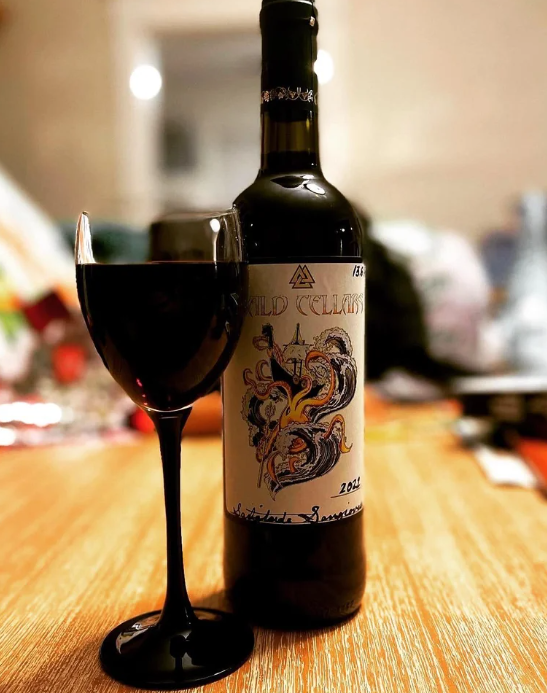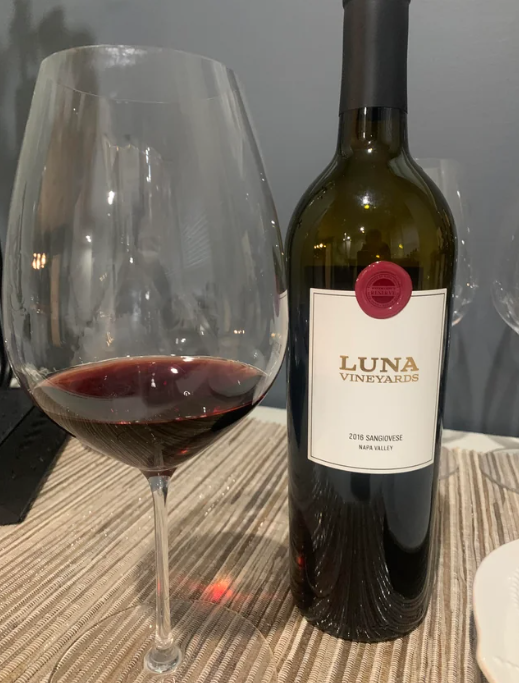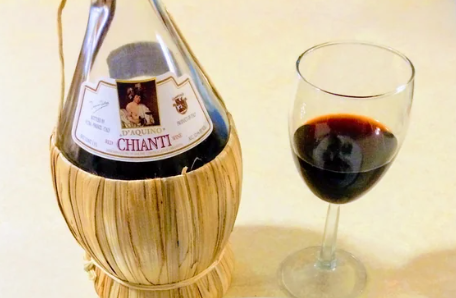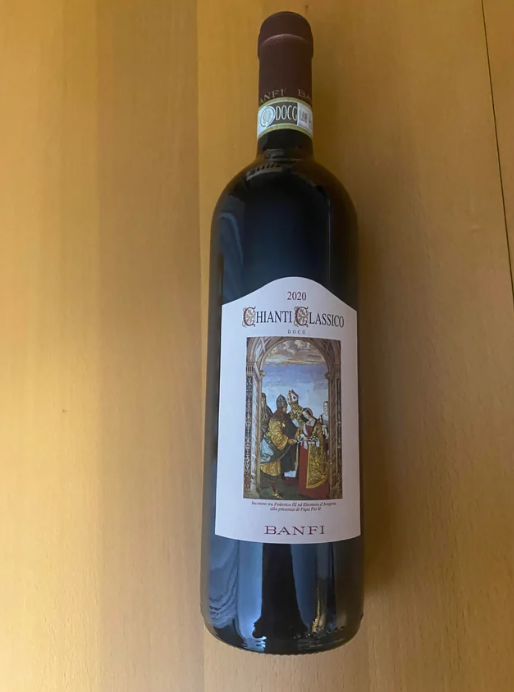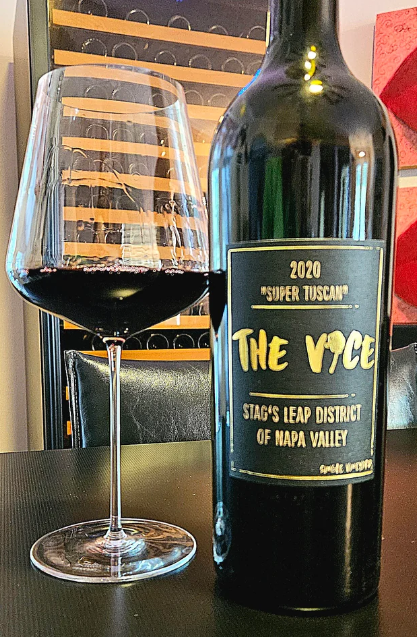Exploring Sangiovese vs Chianti: A Guide to Italian Wines
Italy, a country known for its rich cultural heritage, exquisite cuisine, and breathtaking landscapes, is also celebrated for its diverse and exceptional wines. Visiting people with a glass of wine during the afternoon isn’t surprising when you enter the country.
With how famous wines are in Italy, it makes sense that the country is home to some of the most popular variants of both red and white wines. Sangiovese & Chianti are the most popular among them, thanks to their clean taste and versatility.
This article will explore all the details you need to know about Sangiovese & Chianti and why they are two of the most popular Italian wines.
Where does Sangiovese Originate From?
As far as the official reports go, Sangiovese originated from the central regions of Tuscany and Emilia-Romagna. To be fair, there is an ongoing debate regarding the actual origin spot because Italians claim it is native to the Italian peninsula. In contrast, Tuscans claim the wine hails from Tuscany.
However, what’s set in stone is that the Sangiovese is brewed from an ancient grape variant found in the Italian peninsula.
If you scroll down in history, there are mentions of the Sangiovese wine in Italian history in the late 16th century, further solidifying that the wine has existed for centuries. But it wasn’t until a winemaker named Baron Bettino Ricasoli made the wine mainstream in the 19th century that people became aware of it.
Many people don’t realize that Ricasoli’s experiment using the Sangiovese grapes led to the recipe of Chianti that we love and adore. Since the beginning, winemakers have followed Ricasoli’s recipe for making Chianti, and things have been pretty consistent.
With the taste and the richness in flavor, it makes sense that Sangiovese is considered one of the most superior quality grapes in the market, especially in Italian wines.
To clarify things, Sangiovese is an ancient grape native to Italy and the Tuscan region. It is used in the preparation of the popular wine, Chianti.
Also Read: What Is the Best Wine Pairing for Spaghetti?
What are the Characteristics of Sangiovese?
The name “Sangiovese” is thought to be derived from the Latin words “sanguis Jovis,” meaning “blood of Jove” or “blood of Jupiter,” emphasizing the grape’s regal and revered status.
However, the language breakdown of this popular Italian wine grape doesn’t give you a glimpse into its characteristics, flavor profile, etc.
When describing Sangiovese’s acidity and tannin levels, it has moderate to high acidity and tannings. This explains why the wine made using these grapes has a high acidity and bright wine-red color.
As for the flavor, Sangiovese grapes have a blend of fruity flavors that mix elements of red cherry, strawberry, plum, and herbal notes. If you love only fruity notes in their wine, there might be better options than the earthy undertones in the Chianti made using Sangiovese.
But, given the widespread popularity of the Sangiovese grapes and the Chianti wine, the grapes are now cultivated across different areas in Italy and Tuscany. The changes in the weather and climate influence the taste of the grapes and, hence, the wine’s quality and flavor.
Also Read: The Ultimate Wine Sweetness Chart: The Sweet Scale
Chianti: The Quintessential Sangiovese Wine
Now that you have an in-depth understanding of Sangiovese, its historical significance, and flavor notes, it makes sense to learn more about Chianti.
The history of Chianti winemaking dates back to the 18th century when the Grand Duke of Tuscany, Cosimo III de’ Medici, officially delimited the Chianti production area.
Since then, a lot has changed and evolved regarding Chianti wines, their flavors, and the production process. Initially, Chianti wine was produced as a blend between Sangiovese grapes and other grape variants, including Canaiolo and Colorino. These grapes have distinct tastes and flavors, which explains why Chianti has a distinctive taste and flavor.
In recent decades, there has been a shift towards producing Chianti wines that showcase the pure expression of Sangiovese. These wines, labeled as “Chianti Classico,” come from the heartland of the Chianti region and are often considered the pinnacle of Chianti production.
Ever since the beginning of its production, Chianti Classico has been subject to a wide range of stricter regulations, including prolonged aging, to ensure better depth of flavor and complexity in the wine.
Also Read: Pinot Noir vs Merlot: The Ultimate Taste Test
What is Unique about Chianti Classico?
When you are learning about Chianti, start your research with the basics. Chianti Classico, in this case, makes sense.
This is one of the most sought-after wine categories that feature high acidity, firm tannins, and a blend of aromas and flavors you simply can’t comprehend. Also, the flavor notes might seem confusing, but you get much more than the staple berry flavor.
Chianti Classico has undertones of herbal, balsamic, and spice, making it a perfect pairing with several entrees.
The aging process further contributes to the complex nature of the Chianti Classico wine. It is a long-aged wine where the aging happens in large oak casks, known as “botti.” So, the final result has a touch of oak flavor in the wine without distorting the intrinsic flavor and qualities of the grape.
Also Read: Sauvignon Blanc vs. Chardonnay: Comparing Two Classic White Wines
What are the Other Types of Chianti Wines?
If you ask anyone in Italy or Tuscany about Chianti wines, Chianti Classico is generally the first type that comes into their minds. However, that doesn’t mean it’s the only variant.
There are quite a few different ones that deserve to be talked about, including:
- Chianti Rufina is native to the northeast of Florence and has a bright acidity and elegant structure to the wine, influenced by the region’s cooler climate.
- Chianti Colli Senesi is native to the southern part of Chianti and has softer tannins and a fruitier taste and flavor profile.
- Chianti Montalbano, Chianti Colli Fiorentini, and Chianti Montespertoli are the most underrated forms of Sangiovese wines, but they exist. You’d just have to find the right spots to be able to get your hands on them.
Overall, there are several subzones and varieties of Chianti that you can get your hands on, both in and outside of Italy and Tuscany. However, you can’t deny that nothing beats the quality of the wine you get in either of these places.
What are Super Tuscans?
While discussing Chianti, it makes sense for you to be confused, thinking, “Why are we suddenly discussing Super Tuscans?” Well, this is another type of Chianti blend that deserves to be in the limelight.
This is different from your traditional Chianti wine, which came into existence in the 20th century and is relatively recent. Besides Chianti’s standard Sangiovese grape wines, the Super Tuscans blend non-indigenous grape varieties, such as Cabernet Sauvignon and Merlot.
Owing to the blend of such high-class wine grapes and variants, the price point of this particular wine is quite steep. However, if you want to become a wine connoisseur, trying this exclusive and unique blended wine at least once in your life makes sense.
What is the Ideal Food Pairing for Chianti?
We have briefly explained this, but Chianti is one of the most versatile wine variants you will come across. The combination of high acidity and tannins makes this an ideal accompaniment for all food except desserts.
The acidity in the wine pairs amazingly with dishes you would typically find in Italian cuisine, such as pasta, pizza, and other entrees and appetizers.
Some classic food pairings include pasta dishes with tomato-based sauces, grilled meats, and aged cheeses. It also pairs amazingly with hearty stews.
Also Read: 10 Best Wine Pairing With Shrimp Scampi
Conclusion
The blend of Sangiovese and Chianti wines has been around for centuries now. If you have been curious about its origin, flavor profile, and classic food pairings, this article gives you all the details you need for an overall fantastic experience. The captivating world of Italian wines is extensive, and this feels like a chunk of it.

